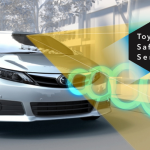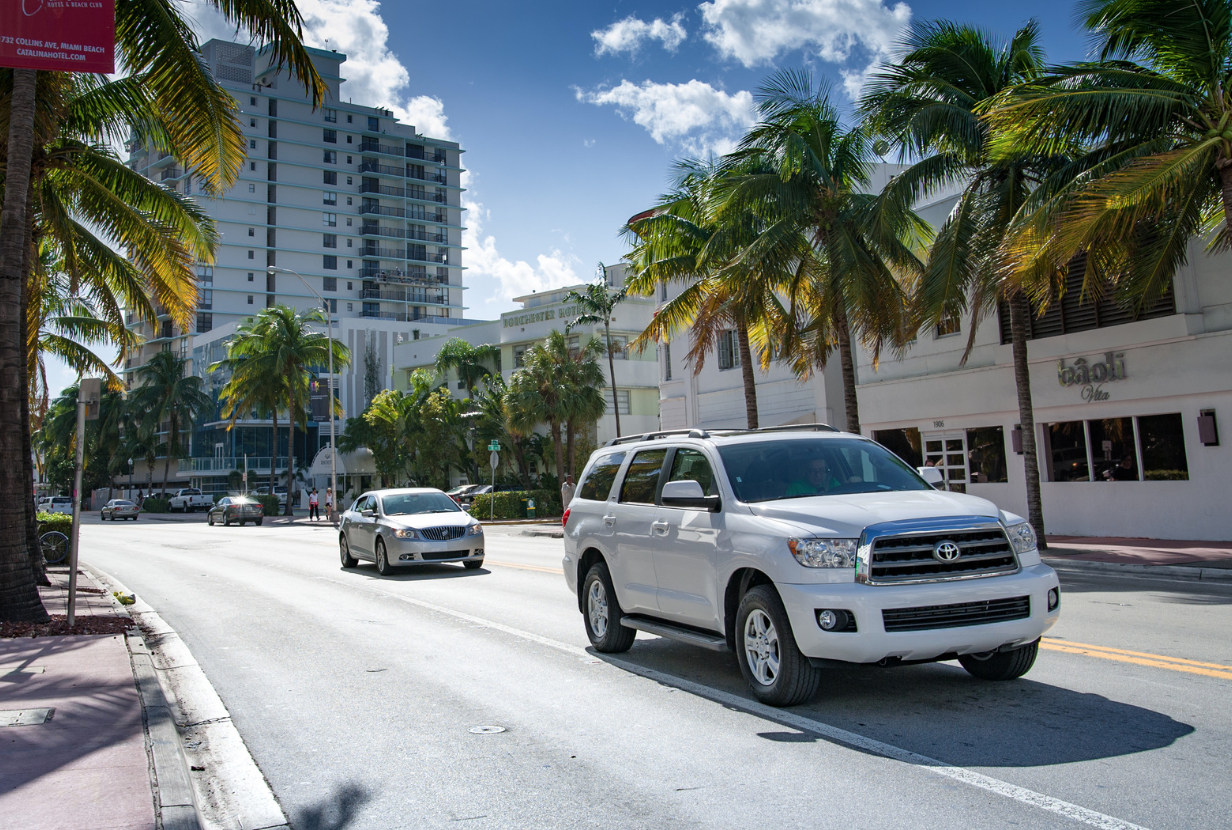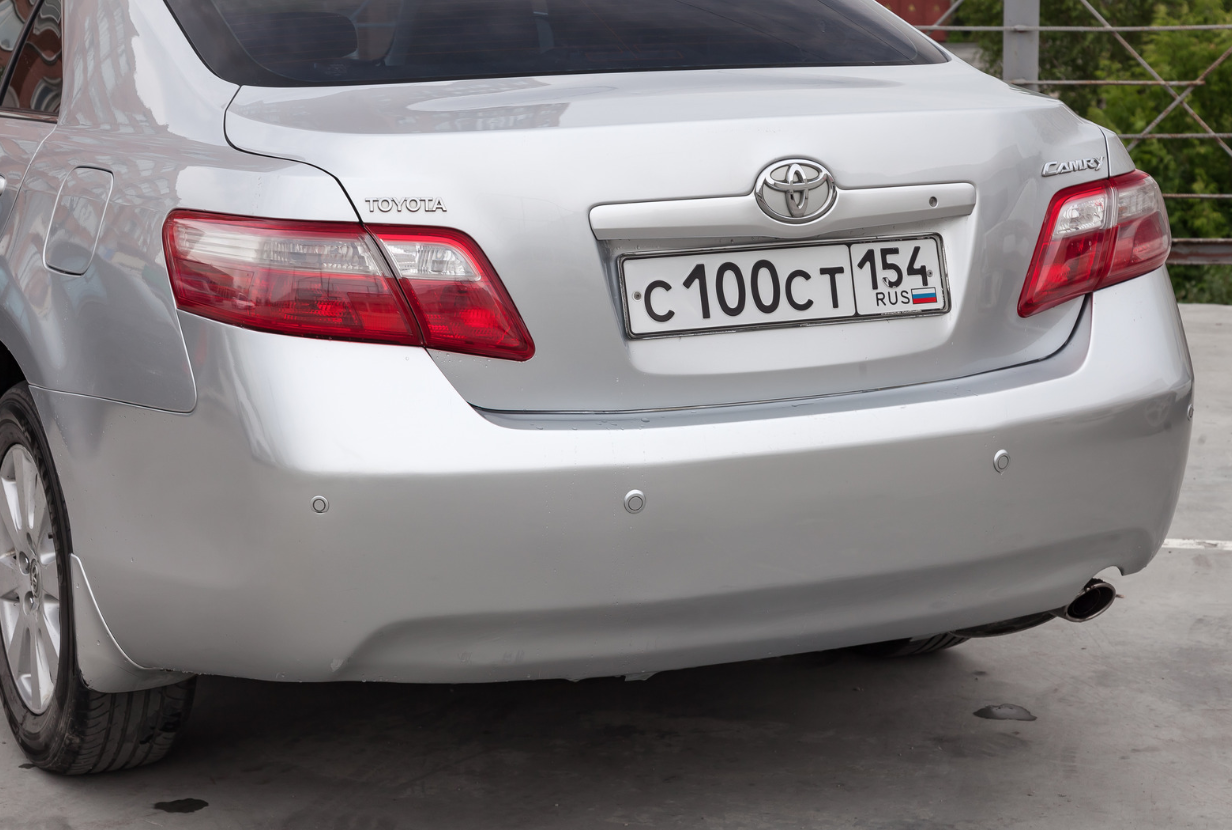Natural disasters can strike at any time, leaving behind devastation that disrupts lives, destroys homes, and fractures communities. In the wake of such tragedies, the road to recovery can be long and difficult. However, the resilience of a community often shines brightest when people come together to rebuild. Toyota has been a key player in this recovery process, leveraging its resources, vehicles, and global network to support communities during their darkest moments. Whether it’s through direct relief efforts, donating essential supplies, or mobilizing its workforce for volunteer initiatives, Toyota’s disaster relief efforts have made a tangible difference worldwide.
A Global Commitment to Disaster Relief
With operations in over 170 countries, Toyota is deeply embedded in communities across the globe. This global presence means that when disasters occur—whether it’s an earthquake in Japan, a hurricane in the U.S., or flooding in Southeast Asia—Toyota is often on the front lines, ready to assist.
Toyota’s disaster relief efforts extend beyond just financial donations. The company has developed a holistic approach to providing aid, focusing on immediate relief, logistical support, and long-term recovery. Toyota’s vehicles, manufacturing capabilities, and employees play a critical role in helping communities bounce back after disaster strikes.
Rapid Response: Toyota’s Fleet in Action
One of Toyota’s most valuable contributions during a disaster is its fleet of vehicles, which are often used to deliver critical aid to areas that are difficult to reach. In the aftermath of hurricanes, earthquakes, and floods, many roads become impassable, leaving affected communities stranded without basic necessities like food, water, and medical supplies.
Toyota’s trucks and SUVs—such as the Toyota Tundra, Hilux, and Land Cruiser—are well-known for their durability and off-road capabilities, making them ideal for navigating rugged or damaged terrain. These vehicles have been used to transport aid workers, rescue personnel, and emergency supplies to remote areas during countless disaster relief efforts.
For example, during the devastating wildfires that ravaged parts of California in recent years, Toyota trucks were deployed to assist firefighters in delivering equipment and supplies to hard-to-reach areas. Toyota vehicles were also instrumental during the 2011 Tōhoku earthquake and tsunami in Japan, where they helped transport emergency responders and critical aid to affected regions.
Manufacturing for Relief: Using Toyota’s Resources to Help
Toyota’s manufacturing expertise and logistical capabilities have also played a pivotal role in disaster response. When the COVID-19 pandemic struck in 2020, Toyota quickly pivoted its factories to produce personal protective equipment (PPE) such as face shields, masks, and ventilators for healthcare workers on the front lines. The company also helped coordinate the delivery of these supplies to hospitals and clinics in need, ensuring that vital equipment reached those who needed it most.
Beyond manufacturing, Toyota has utilized its logistical know-how to support the transportation of supplies in disaster-stricken areas. For example, after the 2015 Nepal earthquake, Toyota’s local affiliates worked closely with aid organizations to deliver food, water, and medical supplies to those affected, using Toyota’s supply chain network to ensure that aid was distributed efficiently and effectively.
Long-Term Commitment to Rebuilding Communities
While Toyota’s immediate disaster response efforts are crucial, the company also recognizes the importance of long-term recovery. In the aftermath of disasters, Toyota has invested in rebuilding infrastructure, supporting local businesses, and providing training and resources to help communities become more resilient in the future.
After the 2011 Tōhoku earthquake and tsunami, Toyota committed to a long-term recovery plan that went beyond just providing financial aid. The company focused on rebuilding its operations in the affected areas, ensuring that jobs were restored and local economies were revitalized. Toyota also partnered with local governments to develop disaster-resistant infrastructure, helping communities prepare for future emergencies.
In addition to rebuilding physical infrastructure, Toyota has made significant investments in education and training programs that empower local communities to recover from disasters. Toyota’s Kaizen philosophy of continuous improvement is applied to disaster recovery efforts, ensuring that lessons learned from past disasters are incorporated into future response strategies.
Volunteerism: Toyota Employees on the Front Lines
Toyota’s disaster relief efforts are not limited to financial donations and logistical support; the company’s employees are often at the heart of these initiatives. Through programs like Toyota4Good, Toyota encourages its employees to volunteer their time and skills in disaster-stricken areas. Thousands of Toyota employees around the world have stepped up to provide hands-on assistance, from rebuilding homes to distributing aid and offering emotional support to those affected by tragedies.
In Japan, Toyota employees have been heavily involved in disaster recovery efforts following earthquakes and tsunamis. After the Kumamoto earthquakes in 2016, Toyota employees participated in efforts to clear debris, rebuild homes, and provide shelter to displaced families. Similar volunteer efforts were seen in the U.S. after hurricanes like Katrina and Harvey, where Toyota teams helped rebuild homes, schools, and community centers.
By mobilizing its workforce, Toyota has been able to provide not only physical aid but also a sense of hope and solidarity to communities as they rebuild.
Collaborative Disaster Relief: Working with Partners
Toyota’s disaster relief efforts are strengthened through partnerships with global and local organizations. The company frequently collaborates with humanitarian organizations such as the Red Cross, UNICEF, and Save the Children to ensure that aid is distributed quickly and efficiently.
Toyota’s collaboration with the Red Cross has been particularly impactful, with Toyota vehicles being used to support emergency response teams in disaster zones worldwide. In addition to providing vehicles, Toyota has donated millions of dollars to aid relief efforts, helping organizations provide food, shelter, and medical care to those affected by natural disasters.
Looking Ahead: Preparing for the Future
As climate change intensifies the frequency and severity of natural disasters, the need for robust disaster preparedness and response systems has become more urgent. Toyota is committed to continuing its role as a leader in disaster relief, not only through its immediate response efforts but by working proactively to build more resilient communities.
Toyota’s Environmental Challenge 2050 includes goals aimed at reducing the impact of natural disasters by promoting sustainable practices, reducing CO2 emissions, and developing disaster-resilient technologies. The company is also investing in smart cities and disaster-resistant infrastructure, with the aim of creating safer, more sustainable communities for the future.
Conclusion
In times of crisis, Toyota’s commitment to disaster relief is a testament to the company’s belief in the power of community and its responsibility to give back. From providing life-saving transportation during emergencies to supporting long-term recovery and rebuilding efforts, Toyota’s actions have made a meaningful impact in disaster-stricken areas around the world.
Whether through its fleet of reliable vehicles, its manufacturing and logistical capabilities, or the dedication of its employees, Toyota’s disaster relief efforts underscore its commitment to helping communities rebuild, recover, and become stronger than ever.




